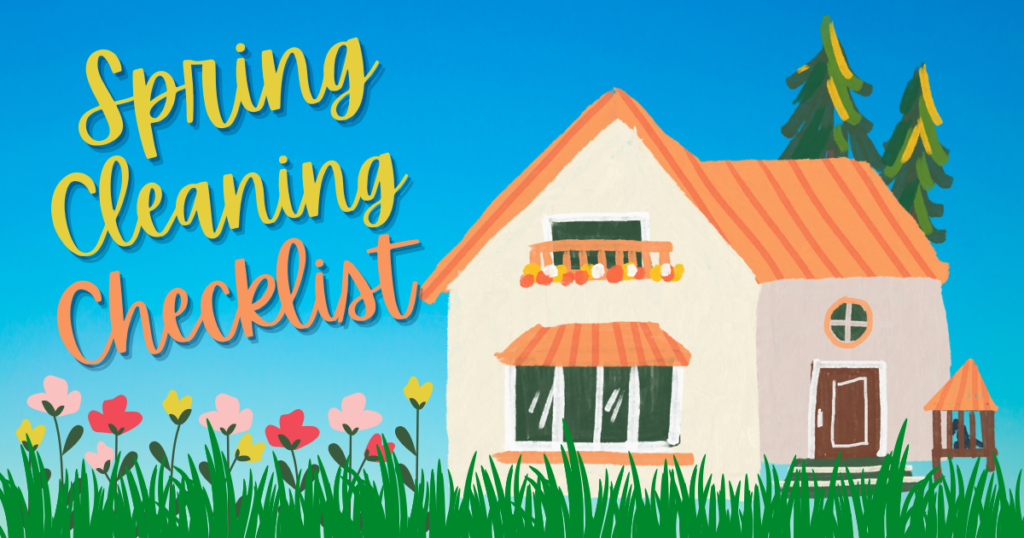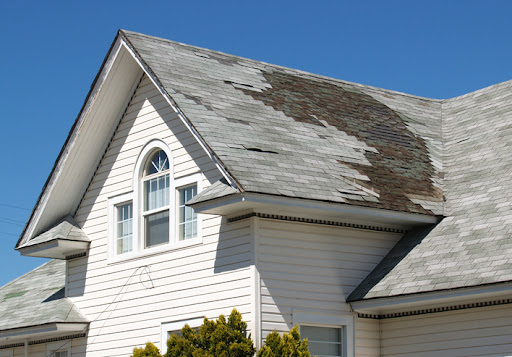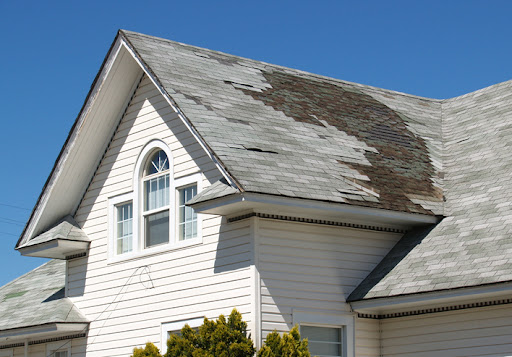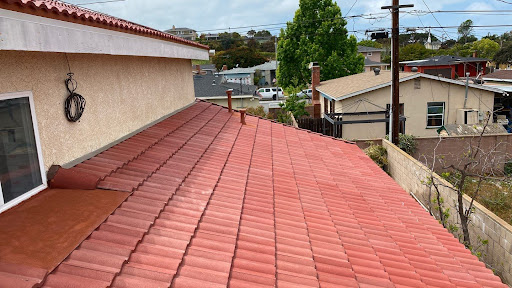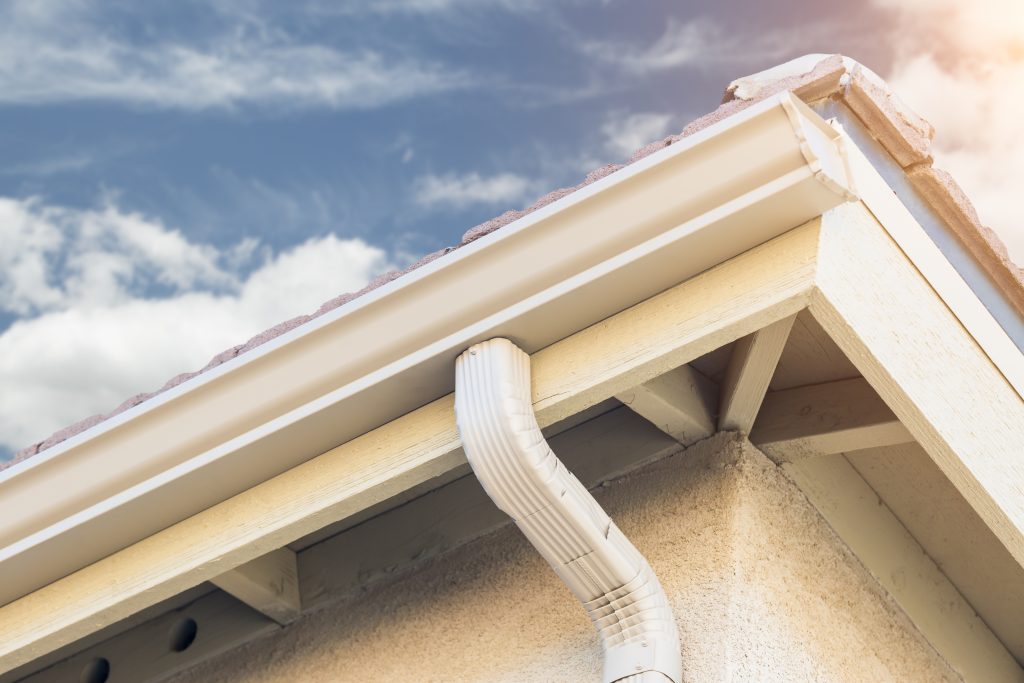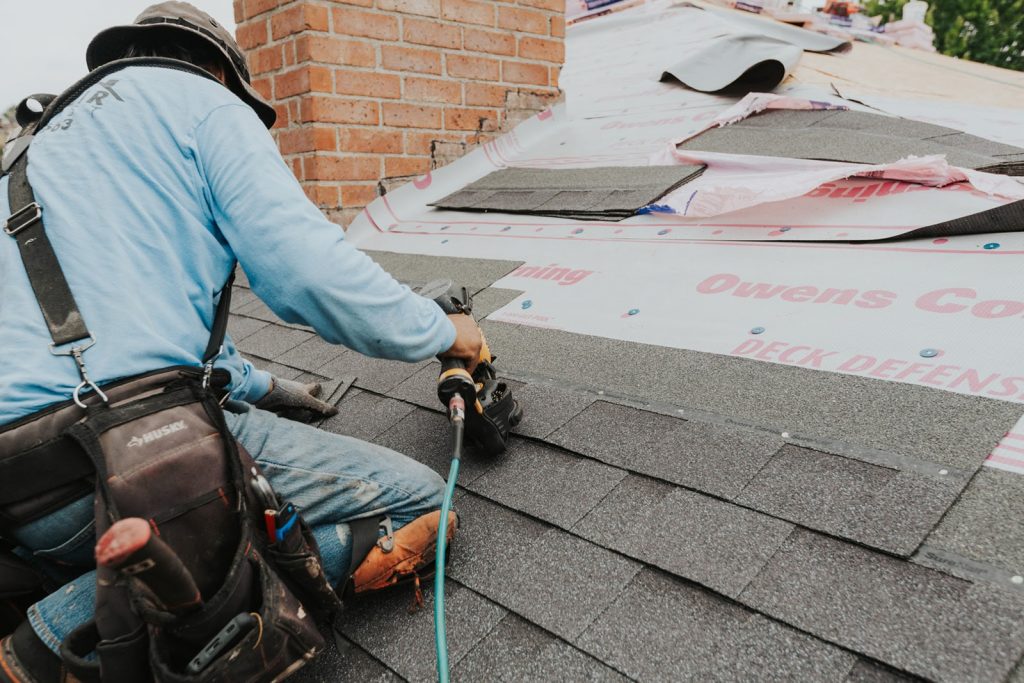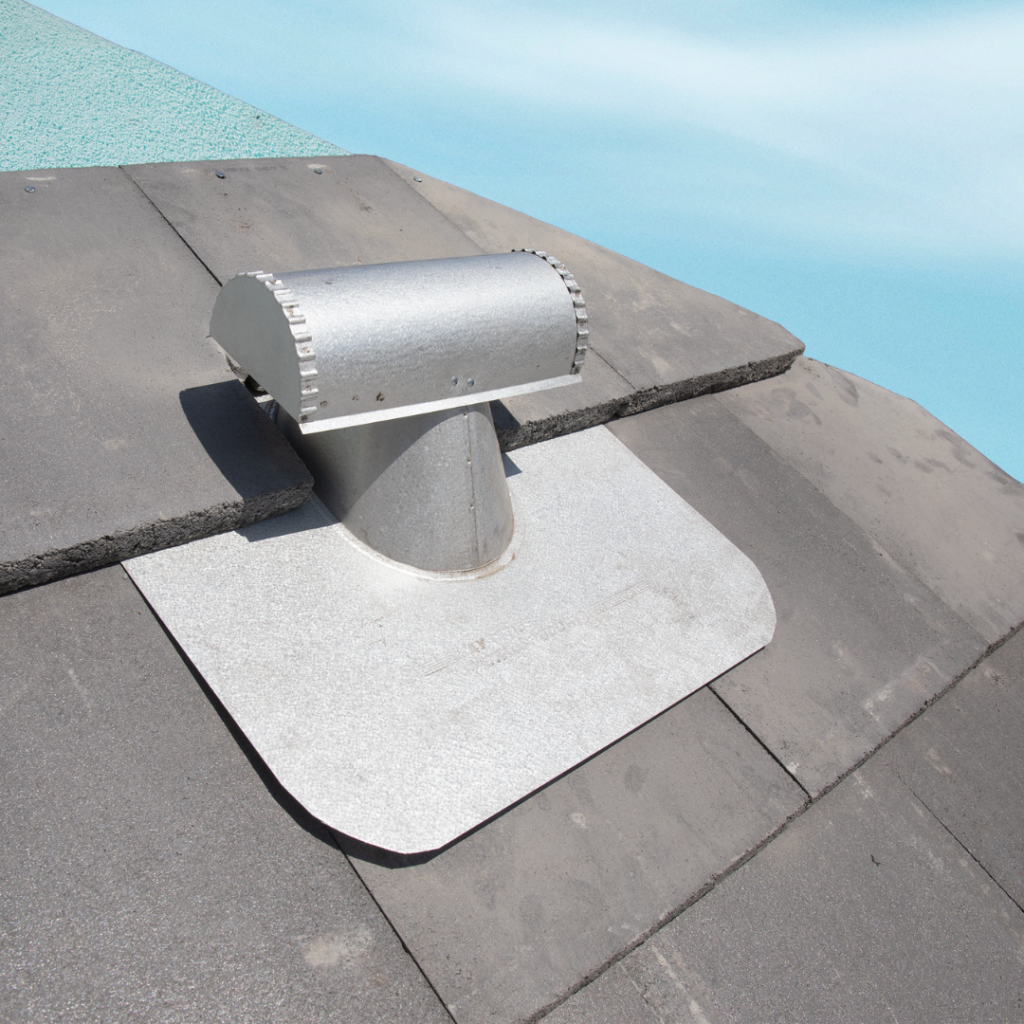
That dreaded green mold staining and spreading across your shingles does nothing to enhance the appearance of your home. In fact, mold can eat away at roof shingles, leaving you with rot and an unsightly roofing structure.
Excessive mold growth can also cause various health conditions, such as asthma and headaches. Though it’s more common in warm, humid climates, mold can grow just about anywhere.
Combating fungus, moss, and mildew on your roof is not an easy task. It can also be a dangerous job since it often requires climbing onto the roof. Consider calling a professional roof repair specialist in Long Beach to help!
In the meantime, here are two simple steps for DIY mold growth removal.
1. Prepare Your Tools and Cleaning Chemicals
If you are prepared to take on the job yourself, make sure you have the right equipment and supplies. Wear slip-resistant shoes, a safety harness with a strong rope attached, and a pair of hardy gloves. If you’re using a ladder, make sure it’s sturdy and that someone is standing by to assist you.
A basic bleach solution of a 50/50 mix of water and bleach suits the DIY job. Add ½ cup of trisodium phosphate per gallon of your bleach mix for a stronger solution.
Take note that bleach is toxic to plants. A light spray of water over your garden plants before you begin will help to minimize the risk of losing your precious trees and flowers. Professional roofing services in Long Beach have the know-how to avoid damaging your surrounding flora while removing mold from your roof.
This is also a good time to consider additional maintenance tasks, such as trimming back overgrown branches, removing accumulated debris on your roof, and checking your gutters for good water drainage.
Alternatively, contact a roofing company in Long Beach, CA, specializing in mold removal to ensure the job gets done safely and effectively.
2. Start Spraying
Once you have mixed the bleach solution in a clean bucket, transfer it to a mist sprayer and spritz over the moss, fungus, or mold. Wear a pair of sturdy gloves to keep the solution away from your skin.
Allow the bleach to rest for about 30 minutes, then rinse the shingles to wash away the bleach solution. It is not recommended to use a high-pressure hose, as this could damage your shingles and spread the bleach to unwanted areas.
The safest and best alternative is to engage professional roofing services in Long Beach from contractors who are trained and certified in the correct procedures.
Hire a Professional Roofing Company in Long Beach, CA
Ocean-adjacent neighborhoods are extra prone to algae and moss growth. If these colonies have been growing for some time, there could also be underlying damage that isn’t visible to the untrained eye.
An experienced roof repair specialist in Long Beach will know how to deal with any underlying issues and can also provide tips to reduce the future growth of mold and algae.

